Introduction
Thai cuisine has captivated the palates of food enthusiasts around the world with its vibrant flavors, aromatic herbs, and balanced use of spices. Renowned for its intricate blends of sweet, salty, sour, and spicy notes, Thai food offers a culinary experience that is both exciting and comforting. Among the many dishes that exemplify this delightful cuisine, Spicy Thai Chicken Curry with Creamy Coconut Milk stands out as a fragrant, hearty meal that embodies the essence of Thai flavors.
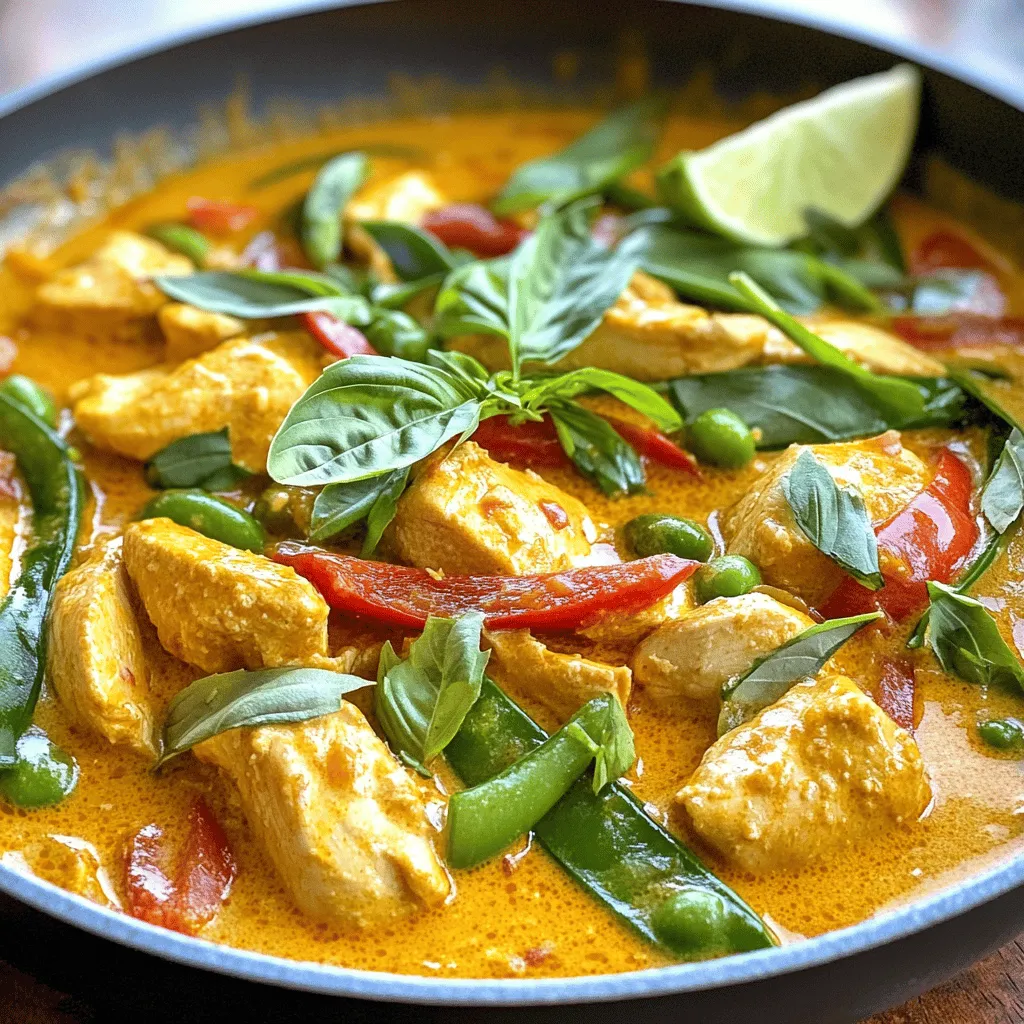
This dish is an absolute favorite among home cooks for its ease of preparation and ability to impress family and friends alike. The medley of fresh ingredients, a rich coconut milk base, and the warmth of spices create a dish that is not only satisfying but also adaptable to various occasions, from casual family dinners to festive gatherings. The balanced combination of heat from the curry, the sweetness of coconut milk, and the savory depth of other ingredients results in a symphony of flavors that is both complex and comforting.
Understanding Thai Curry
What truly sets Thai curry apart from other curries around the globe is its unique use of fresh herbs and spices, which provide an unparalleled depth of flavor. Thai curries can be broadly categorized into three main types: red, green, and yellow, each distinguished by its ingredients and flavor profiles.
- Red Curry: Made with red chili peppers, this curry is known for its rich, bold flavor and vibrant hue. The heat level can vary depending on the number of chilis used, making it versatile for different palates.
- Green Curry: Often considered the spiciest of the three, green curry is made with fresh green chilies and is characterized by its bright green color and fragrant aroma. Its flavor is often complemented by the addition of fresh basil and lime leaves.
- Yellow Curry: This milder variant incorporates turmeric, which gives it a warm yellow color and a slightly sweet flavor. It’s often favored for its comforting qualities and is perfect for those who prefer less heat.
Regardless of which type you choose, the hallmark of Thai curry is its reliance on fresh ingredients and authentic spices. The use of homemade or high-quality curry paste ensures that the dish captures the genuine flavors of Thailand, making it essential for any successful curry.
Key Ingredients in Spicy Thai Chicken Curry
To create a delicious Spicy Thai Chicken Curry, it is crucial to gather the right ingredients. Each element contributes to the overall flavor and texture of the dish, ensuring a satisfying and well-rounded meal.
Chicken Breast
One of the most important components of this recipe is chicken breast, which serves as the primary source of protein. When selecting chicken, look for fresh, high-quality cuts that are free of any blemishes. Organic or free-range options are ideal, as they tend to be more flavorful and tender. Additionally, cutting the chicken into bite-sized pieces ensures even cooking and allows the meat to absorb the flavors of the curry.
Thai Curry Paste
At the heart of any Thai curry lies the curry paste, and for this recipe, red Thai curry paste is the star ingredient. This paste is a blend of various spices, including dried red chilies, garlic, shallots, lemongrass, galangal, and kaffir lime leaves. Each ingredient plays a vital role in building the complexity of the curry. When purchasing curry paste, consider opting for a reputable brand or, even better, making your own for an authentic taste.
Coconut Milk
Coconut milk is another essential ingredient, providing the creamy texture and rich flavor that define this dish. It balances the heat of the curry paste while adding a subtle sweetness. When selecting coconut milk, look for canned varieties that contain minimal additives. You may also choose to use light coconut milk for a lower-fat alternative, but keep in mind that this may slightly alter the creaminess of the dish.
Fish Sauce and Tamarind Paste
For authentic Thai flavor, fish sauce is a must. This fermented condiment adds a depth of umami that elevates the dish. It’s important to use it sparingly, as its strong flavor can easily overpower the other ingredients. Tamarind paste adds a sweet and tangy element, further enhancing the overall complexity of the curry. Together, these ingredients create a harmonious balance of flavors.
Fresh Vegetables
Incorporating fresh vegetables not only adds nutritional benefits but also enhances the dish’s texture. Bell peppers and snap peas are excellent choices for this curry. Bell peppers add a hint of sweetness and vibrant color, while snap peas contribute a satisfying crunch. Feel free to customize the vegetable selection based on your preferences or what’s available in your pantry.
Aromatics
No Thai curry would be complete without the fundamental aromatics: onion, garlic, and ginger. These ingredients form the flavor base of the curry and are essential for building depth. Sautéing the aromatics before adding the other ingredients releases their natural oils and fragrances, infusing the dish with irresistible aromas.
Step-by-Step Guide to Making Spicy Thai Chicken Curry
Before embarking on the cooking process, it’s essential to prepare all the ingredients. Having everything prepped and ready to go will streamline the cooking process and ensure that you achieve the best results. Here’s how to get started:
Preparation of Ingredients
1. Chop the Chicken: Start by cutting the chicken breast into bite-sized pieces. This will allow for even cooking and ensure that each piece is coated in the flavorful curry sauce.
2. Slice the Vegetables: Dice the bell peppers into strips and trim the ends of the snap peas. You can also add other vegetables such as zucchini or carrots if desired.
3. Mince the Aromatics: Finely chop the onion, garlic, and ginger. The finer the chop, the more their flavors will infuse into the curry.
4. Measure Out the Curry Paste and Coconut Milk: Open the can of coconut milk and stir it to combine the cream and liquid. Measure out the required amount of red curry paste, as this will be the base of your curry.
5. Prepare the Seasonings: Set aside the fish sauce and tamarind paste, ensuring you have them within reach when it’s time to cook.
With all your ingredients prepared, you are now ready to dive into the cooking process, where the magic of flavors will come together to create your Spicy Thai Chicken Curry with Creamy Coconut Milk. Stay tuned for the next part, where we will explore the step-by-step cooking instructions to bring this delicious dish to life.
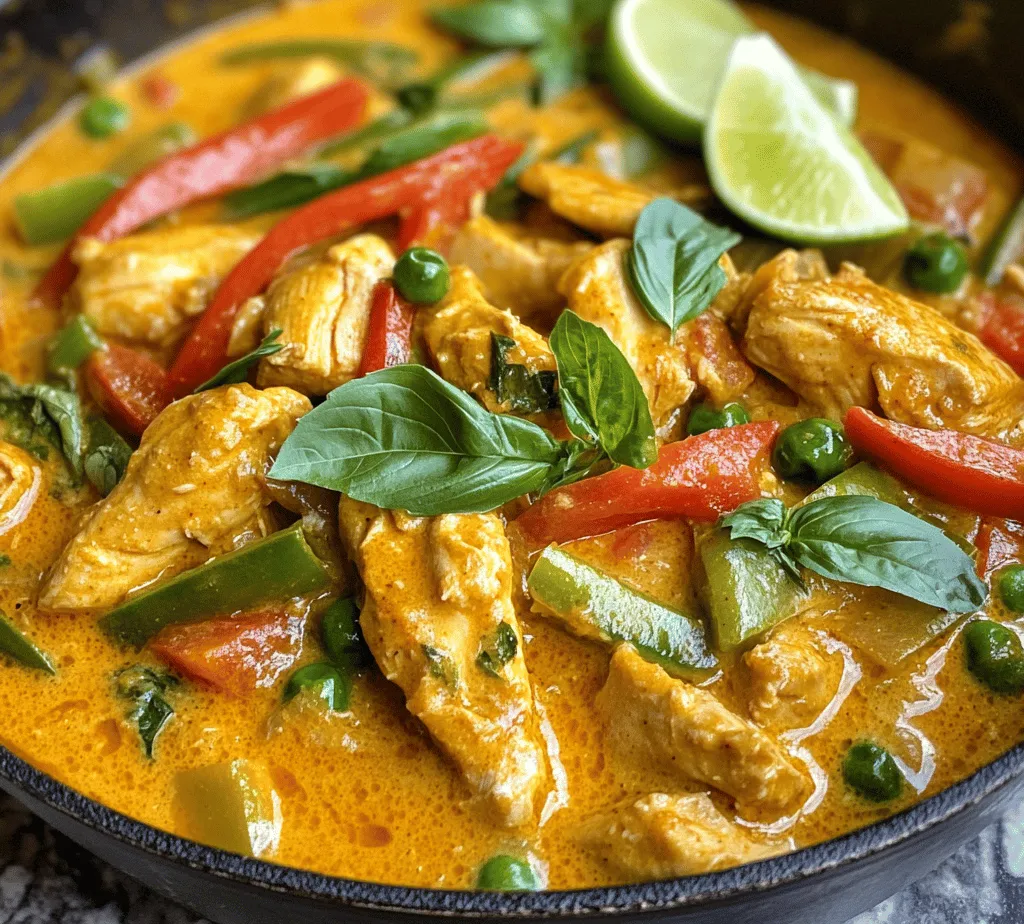
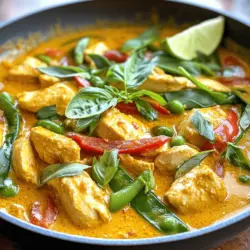



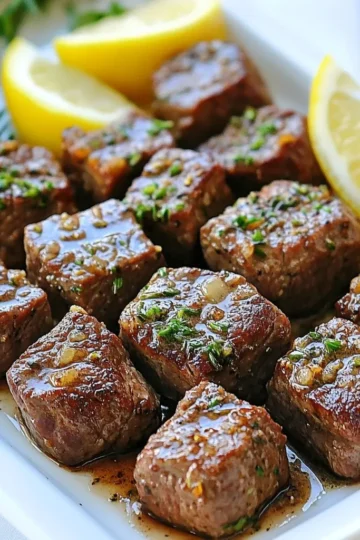
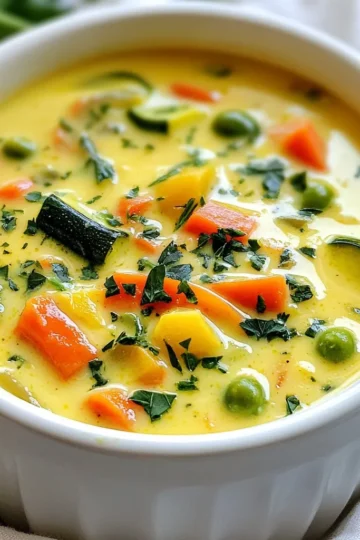
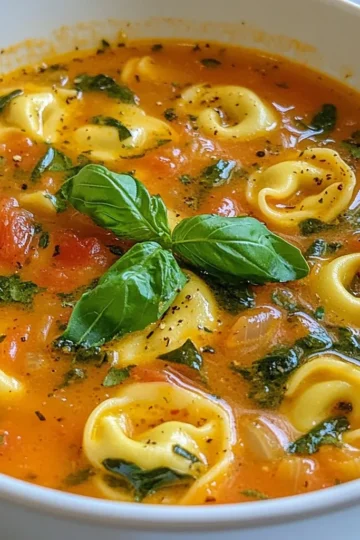
Leave a Reply